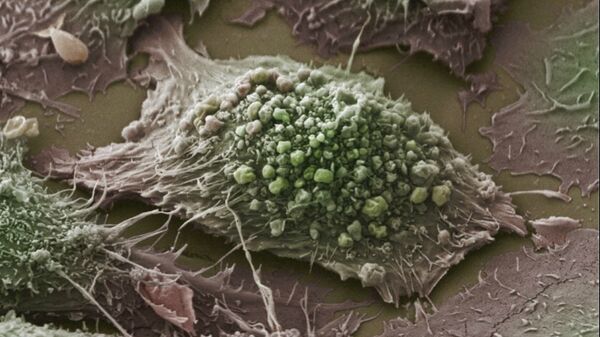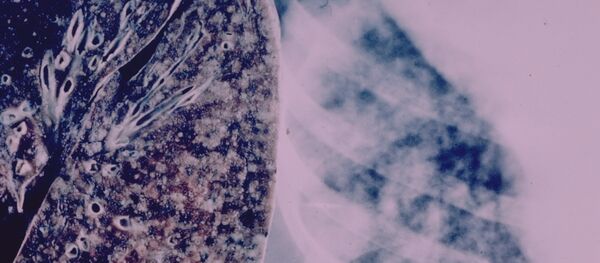One researcher noted that in the 1890s, a Siberian town lost up to 40% of its residents in a smallpox epidemic and the victims were "were buried under the upper layer of permafrost, on the bank of the Kolmya River." Now, "Kolmya's floodwaters have started eroding the banks."
Experts are reporting that they have discovered bodies with fragments of the virus’ DNA and smallpox-like sores. Boris Kershengolts, from Siberia’s Institute for Biological Problems of Cryolithozone, believes this is "reason enough to finance research into the diagnostics and prevention of exceptionally dangerous infections." He also said that graves containing cattle infected with anthrax are common in Russia, and are especially a risk in places where the ground has thawed.
Acknowledging the continued effects of an increasingly warm planet, a report by the American Geophysical Union suggests rising temperatures "guarantee" the release of "physical, chemical, biological, and radiological wastes" from a US Army nuclear-missile base currently buried under the Greenland ice sheet.



